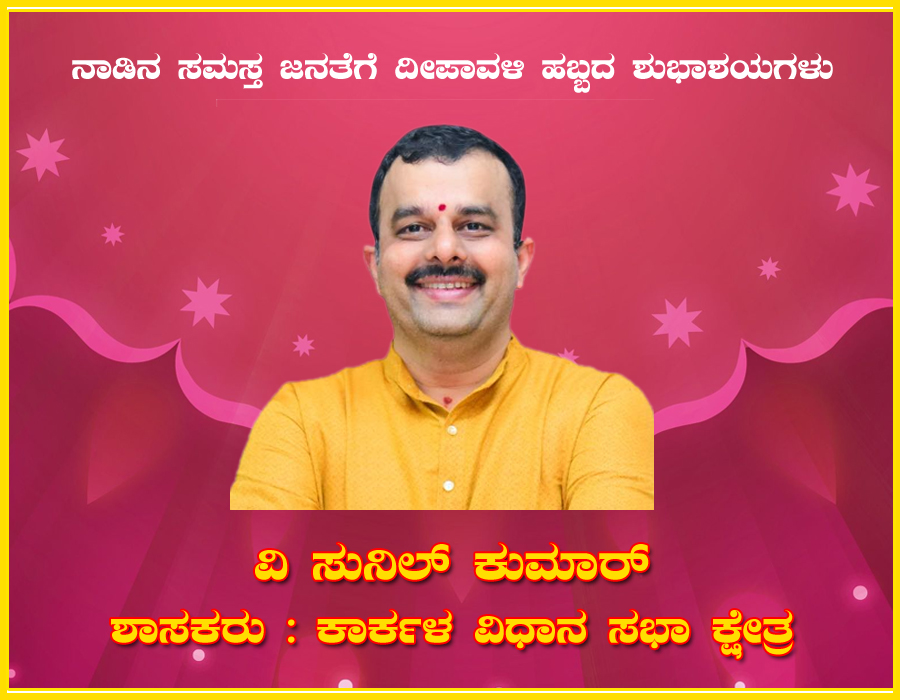‘Don’t believe Nobel laureate who says something is impossible’
4:58 PM, Friday, January 6th, 2017 Bengaluru: Nobel laureate in Chemistry William E Moerner on Thursday stressed on the need to ask basic and fundamental questions and advised researchers “not to believe a Nobel laureate who tells you that something is impossible.”
Bengaluru: Nobel laureate in Chemistry William E Moerner on Thursday stressed on the need to ask basic and fundamental questions and advised researchers “not to believe a Nobel laureate who tells you that something is impossible.”
Moerner, who won the 2014 Nobel “for the development of super-resolved fluorescence microscopy,” was delivering a lecture at the Indian Institute of Science on “studying single molecules, from super resolution imaging to nanoscale probes of 3D dynamics in cells.”
At the packed J N Tata auditorium, the biophysicist talked about his work from researching the work on molecules from early days to development of super resolution imaging and using the technology to understand the molecules of life and life in a molecule.
“The basic drive of a researcher should be to reach beyond the limits set by his predecessor even when told that it is impossible,” Moerner said, emphasising the necessity to stay focused on the work and not to lose scientific spirit even in the face of failures.
The Stanford professor said that it had been a long journey since 1989, when the single molecule was first detected, to the present day endeavours of optically controlling the molecule and studying the molecule with the help of super resolution images and 3D technology. Noting the contribution of other scientists, including his predecessors and research students, he said all of them had one thing in common, they felt that “science is fun”. “They found the passion and pursued it to push beyond the conventional wisdom,” he added.
He said his present work is focused on observing the nanoscale molecule machinery at work in the living cells of the complex systems and using the 3D technology for a deeper understanding of cell biology. “This may help us to understand how to effectively intervene in the pathological process as in the case of cancer,” he added.
He said a deeper understanding of the single molecule had far-reaching consequences for physics, chemistry and biology. “We need to believe and invest in science. We need to encourage students to keep their minds open for surprises during research,” Moerner said.
Simillar Posts
Warning: count(): Parameter must be an array or an object that implements Countable in /home/megamcaq/public_html/wp-content/plugins/post-plugin-library/common_functions.php on line 357
- None Found
Leave a Reply
© Copyright 2008 www.megamedianews.com All Rights Reserved. Privacy Policy








 Posted in
Posted in  Tags:
Tags: 






